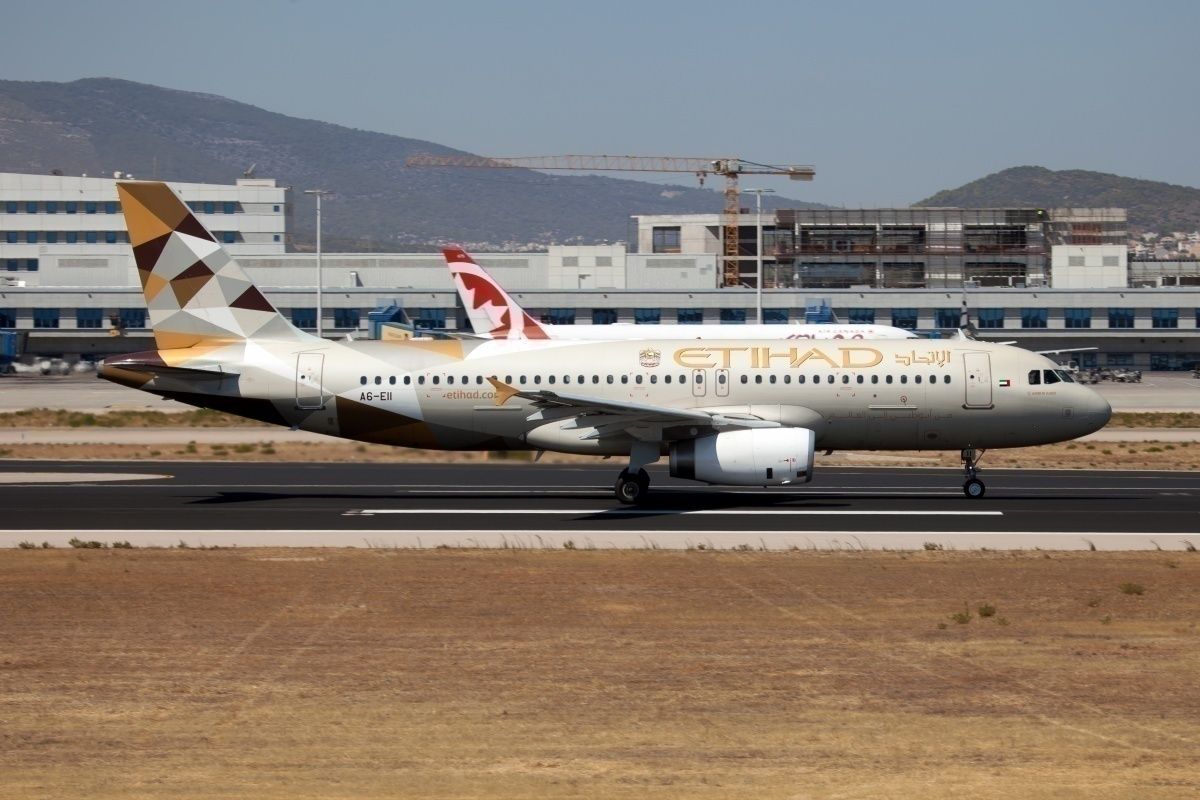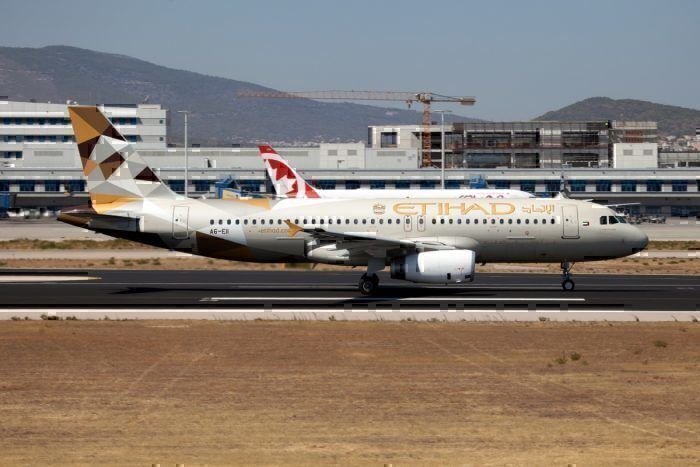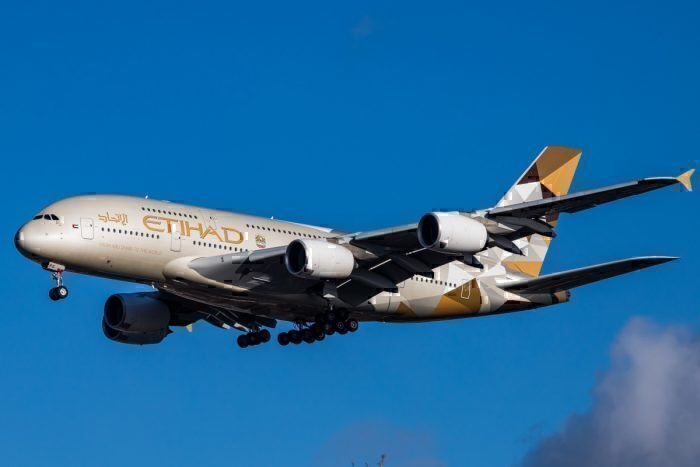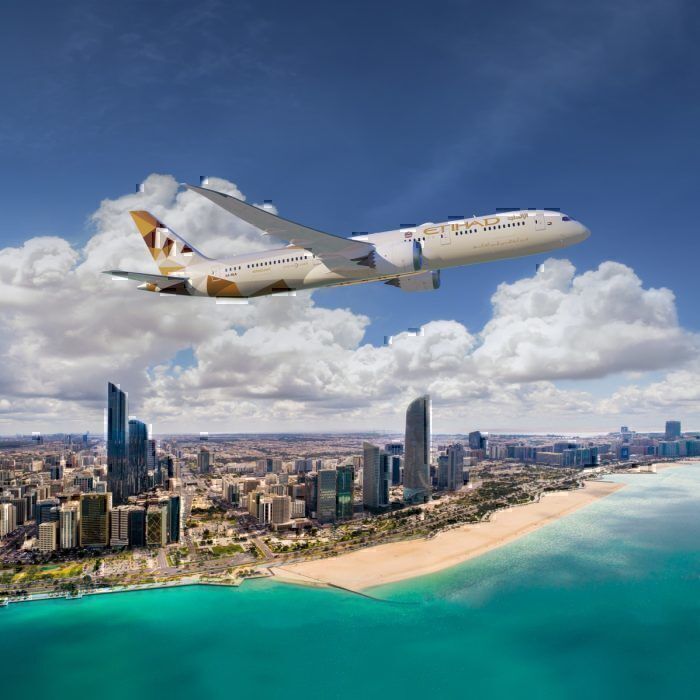Etihad is turning around its financial future with a posting of positive 2019 results, including an increase of 32% in its core performance. This does not take into account the devastation that the coronavirus is plaguing the aviation industry this year, but only that the airline managed to overcome tough conditions last year.
What are the details?
Etihad recently posted its 2019 year results, a 32% increase in operating performance over its previous year.
What does this mean? Despite earning less revenue last year, specifically $5.6 billion USD compared to $5.9 billion USD in 2018, its actual losses were significantly reduced to only $870 million USD compared to a loss of $1.28 billion USD in 2018.
This result was even better than what the airline had originally planned, beating its own expectations and setting it up well for 2020.
Tony Douglas, Group Chief Executive Officer, Etihad Aviation Group, said,
“There’s still some way to go but the progress made in 2019, and cumulatively since 2017, has instilled in us a renewed vigor and determination to push ahead and implement the changes needed to continue this positive trajectory.”
How did it achieve these results?
There are a few ways that Etihad managed to handle its operations in 2019 for the benefit of its bottom line.
The first step Etihad took was to reduce capacity on several routes and thus increase its load factors. According to the press release, Etihad carried 17.5 million passengers in 2019 (300,000 fewer passengers than 2018) but managed to get a much higher load factor of 78.7% (in 2018 it was only 76.4%).
This means that its overall operational expenses to fly routes was reduced by 11% (down to only $650 million USD), without sacrificing much profit.
Additionally, Eithad has been renewing its fleet without increasing their leasing costs. By removing less efficient aircraft (like A330s) and replacing them with Boeing 787s, the airline's fuel cost has fallen.
“The major improvement in 2019 clearly demonstrates that we’re on the right track. As part of our transformation program, we’ve made some tough decisions to ensure we continue to grow as a sustainable global aviation enterprise and brand, and a worthy representative of the great emirate of Abu Dhabi, to which Etihad is intrinsically linked,” said Mr. Douglas.
The year was not without issues
Etihad was forced to streamline operations after Jet Airways, its partner in the Indian region stopped flying. Luckily it seems that demand actually remained strong with rivals taking over Jet Airways' feeder routes but still delivering the same passengers for international Etihad flights.
Cargo profits of the airline also fell in the last quarter thanks to a myriad of issues. So far, the airline has six cargo aircraft but has not decided to expand at this time.
Keep in mind that these results are only a stepping stone to profitability and growth for the airline. It needs to get a few years of being in the black and building up a cash reserve before it can truly start to make waves in the airline industry.
What do you think of this news? Did Etihad perform well? Let us know in the comments.




